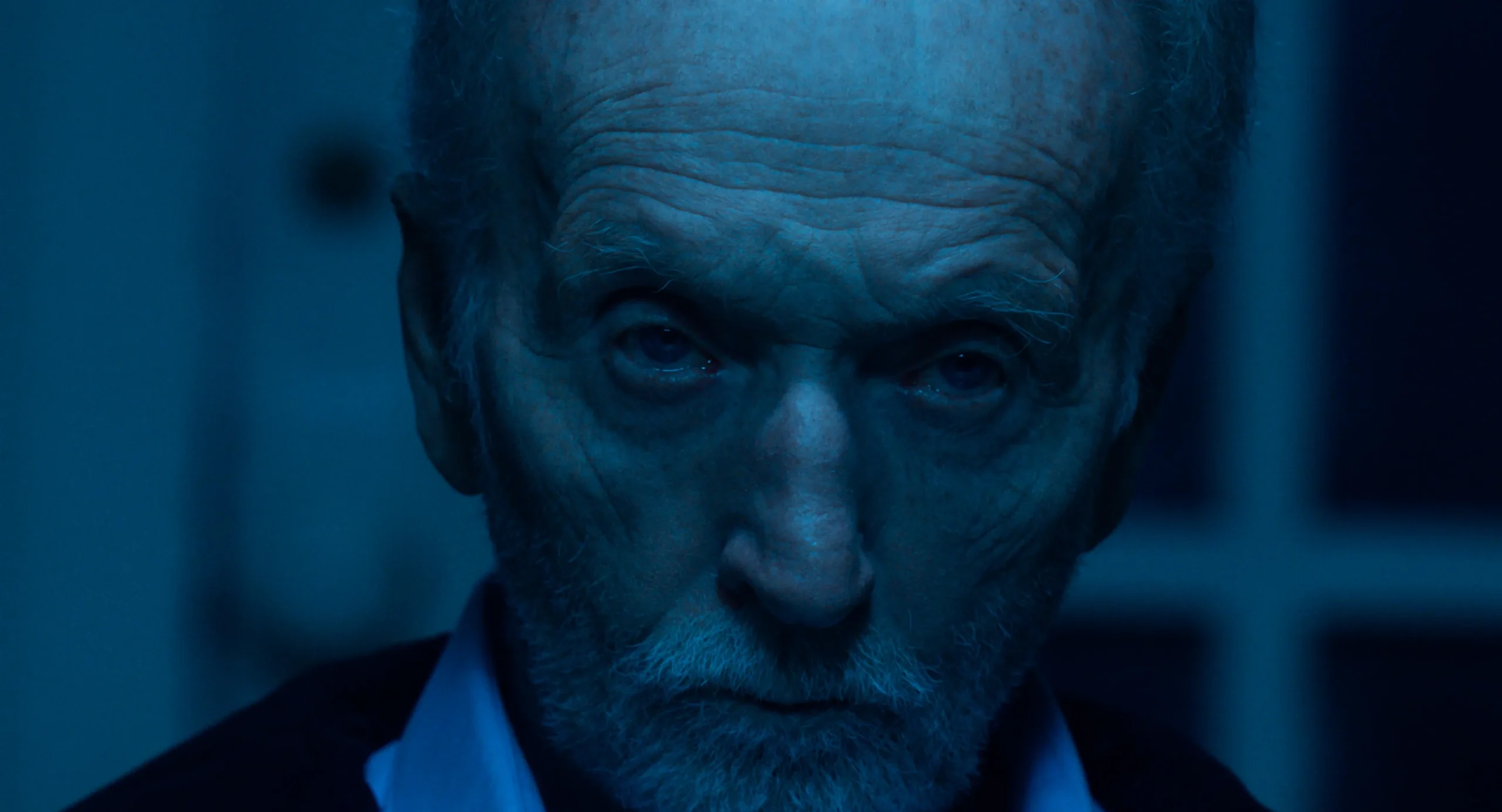Tobin Bell’s iconic character, John Kramer, also known as Jigsaw, has long been one of modern horror cinema’s deadliest villains, with a body count far surpassing most others. Saw X, the tenth installment in the franchise, is set between the first and second films, continuing the story of Kramer’s deadly creativity.
While previous entries are known for their complex timelines and flashbacks, this film largely follows a linear path, making it easier to follow. Fans can expect the same brutal traps and inventive methods of murder that have defined the series. For newcomers, the movie provides a clear, though violent, narrative, while longtime viewers can appreciate its connections to earlier films.
Kramer’s Cancer Struggle Leads Him to a Deadly Trap for Deceptive Criminals
The story begins with John Kramer struggling with terminal cancer, which frames the events of the film. Kramer spends his time attending medical appointments and managing his illness, all while imagining the gruesome traps he could construct if he were healthier. He meets a fellow cancer patient who appears to have recovered miraculously, inspiring Kramer to investigate.
This leads him to an underground medical group outside Mexico City, claiming to offer experimental treatment. Kramer trusts the organization and invests both money and hope, unaware that he is walking into a scam.

After discovering the treatment is a fraud, Kramer sets his signature traps for the people responsible. His methods are creative and deadly, including arm-mounted bombs, improvised brain surgery, and radiation-based devices. Most victims do not survive, but their fates serve as punishment for their deceit, reflecting Kramer’s strict moral code.
These traps are both inventive and terrifying, showing the balance between his meticulous planning and his desire for justice. The film uses restrained flashbacks and a more linear structure to make these sequences easier to follow while keeping the tension high.
Kramer’s Final Showdown with Cecilia Tests Loyalty, Survival, and Deadly Consequences for All
The final conflict centers on Cecilia Pederson, the leader of the scam operation. She initially seems to have outsmarted Kramer and his ally Amanda, while attempting to escape with the stolen money. However, Kramer’s planning ensures her efforts fail, as she triggers a lethal trap that kills her lover and leaves her struggling to survive.
At the same time, Kramer endures a blood-filled waterboard trap to protect an innocent child caught in the situation. After the events conclude, Kramer, Amanda, and the child walk away while Cecilia faces the deadly consequences of her actions.
Saw X also explores themes of family and human connection. Despite his violent tendencies, Kramer’s relationship with Amanda and the rescued child highlights his desire for companionship and legacy. The film contrasts horrific deaths with moments of sentimentality and dark humor, creating a balance between horror and emotion.
It shows Kramer as a complex character who is capable of care and connection, even while carrying out deadly schemes. The cheerful ending after extreme violence emphasizes the absurdity of the franchise and adds a layer of dark comedy to the story.
Saw X presents Kramer at a turning point, showing how he becomes the man who will carry out even more elaborate and deadly schemes in later films. Although he still suffers from cancer, he finds meaningful connections that provide him with emotional satisfaction and a renewed sense of purpose.
The relationships he forms allow him to continue his plans while highlighting the human side of his character. The film combines extreme horror with emotional depth, enriching the broader Saw mythology and showing why Jigsaw remains one of horror’s most inventive and enduring villains.



